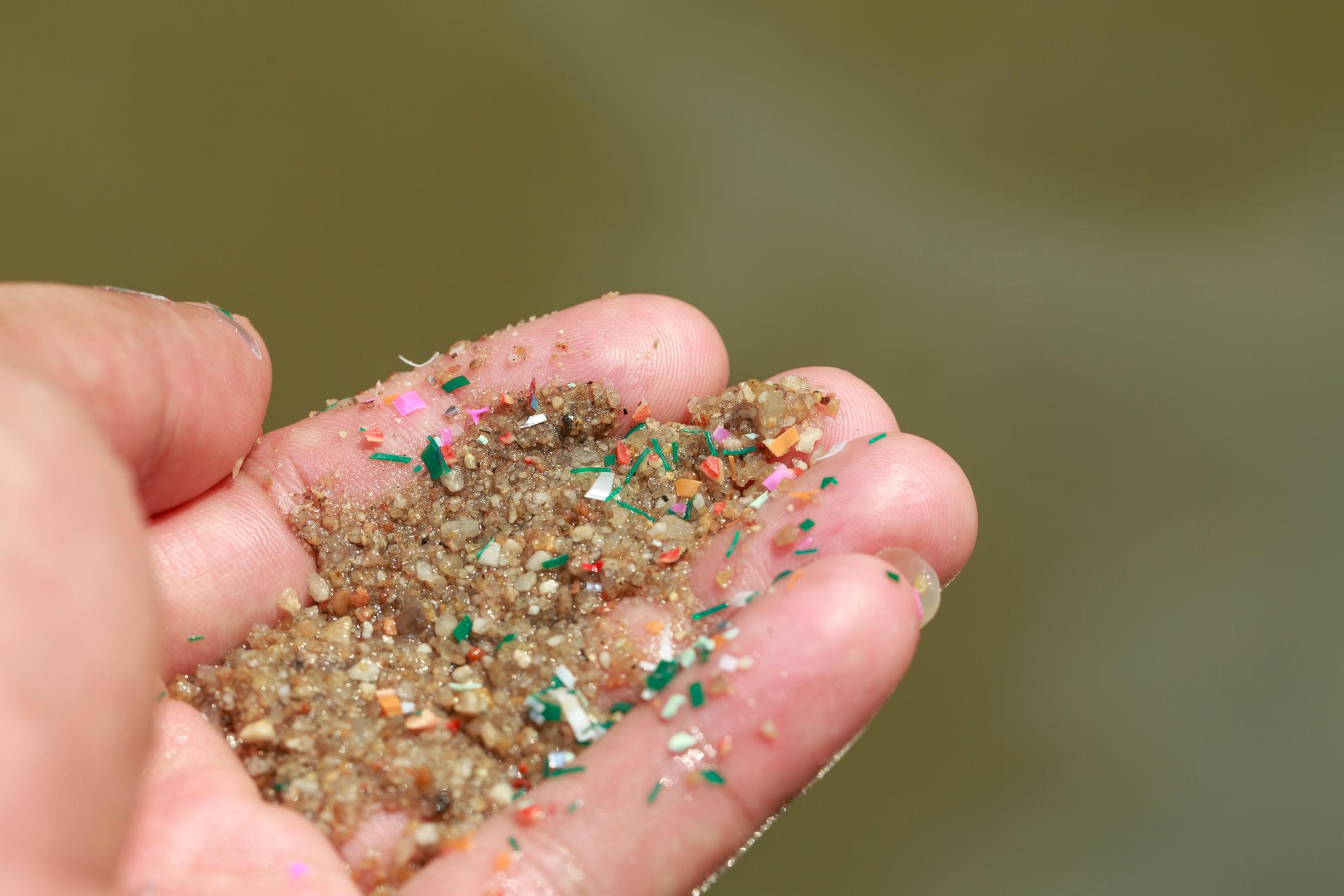According to a German study conducted on zebrafish embryos, polyethylene terephthalate (PET) nanoplastics, a widely used plastic, could have harmful effects on the body.

- Widespread worldwide, polyethylene terephthalate (PET) is used to make plastic bags.
- PET nanoparticles are detected in drinking water, food and air.
- German scientists conducted a study to find out the potential adverse health effects of PET nanoplastics.
Polyethylene terephthalate (PET) is a very common plastic used in the manufacture of plastic bags and food containers. The use of this product threatens ecosystems, due to microplastics and nanoplastics from PET that are now present in drinking water, food and the air.
Are PET nanoplastics dangerous for health?
For the time being, very few studies have focused on the potential health risks of PET nanoplastics. Scientists from the University of Leipzig and the Helmholtz Center for Environmental Research (Germany) have therefore looked into the question. They observed the negative effects of these tiny plastic particles on an organism’s metabolism and development. Their work has been published in the journal Scientific Reports.
For the purposes of this research, study leaders analyzed the effects of PET nanoplastics on zebrafish embryos. In particular, they used IHigh-Resolution Magic Angle Rotation (HRMAS), a non-invasive analytical technique that involves applying nuclear magnetic resonance (NMR) to solids and soft matter, in animal subjects.
The researchers also combined their work with cell assays and behavioral tests. “We used state-of-the-art NMR analytical methods to gain a comprehensive, system-level understanding of the metabolic pathways affected by PET nanoplastics. We were able to observe how PET accumulation alters an organism’s biochemistry”explains Dr. Alia Matysik Matysik, corresponding author of the study and scientist at the Institute for Medical Physics and Biophysics of the Faculty of Medicine of the University of Leipzig.
PET nanoplastics: behavioral anomalies identified
According to their findings, tiny plastic particles accumulated in several organs of the zebrafish embryos, including the liver, intestine, kidneys and brain. In particular, the researchers found that PET nanoplastics induced behavioral abnormalities in embryos by reducing their movements.
“These results highlight the adverse effects of PET nanoplastics, which have been detected in zebrafish embryos and may also play a role in mammals and humans. Although we don’t yet have a clear answer to this question, it can now be assumed that PET nanoplastics are disrupting our ecosystems. It is therefore necessary to prevent plastics from entering the environment. Avoiding this form of waste will probably be the big challenge for the near future.”noted Professor Jörg Matysik of the Institute of Analytical Chemistry.















